Eurasiers are fluffy, even-tempered dogs with a rich history and a heart full of loyalty. This breed came from mixing the wolf chow, Keeshond, and Samoyed, creating one balanced pup with stunning good looks. Ever seen a dog with a spotted tongue, a thick double coat, and calm energy? That's a Eurasier!
They love close contact with their families and make great therapy support dogs thanks to their mellow nature. Curious why this medium-sized dog is winning hearts across the globe? Keep reading to meet your next favorite furry friend.
Getting to Know the Eurasier Dog

The Eurasier is a medium sized dog with a fox-like face, a thick double coat, and an even tempered attitude that makes them shine. Known for being a good natured family dog, they get along well with other pets, kids, and even strangers. Their calm energy and independent nature give them a one-of-a-kind charm. From their alert eyes to their solid black, wolf grey, or pure white coats, Eurasier dogs leave a lasting impression.
Breed History and Origins
The Eurasier breed was developed in Germany during the 1960s by Julius Wipfel, who aimed to create a calm, loyal dog with both charm and balance. By crossing a Chow Chow, Keeshond, and later a Samoyed, he formed a well-balanced companion with strong family bonds.
The name "Eurasier" reflects its European and Asian parent breeds. Though still a relatively new breed, it gained quick recognition from the Eurasier Club and Canadian Kennel Club. The United States Eurasier Club continues to grow interest, even without full American Kennel Club recognition.
Physical Characteristics of the Eurasier
The Eurasier has a soft, fluffy look but a solid, sturdy build underneath. They're a medium sized dog with a thick double coat, upright ears, and expressive almond eyes. These pups often turn heads with their charm and elegance. Known for their even tempered nature, Eurasier dogs carry themselves with quiet confidence and style.
Size, Weight, and Build
As a medium-sized family dog, the Eurasier stands out in terms of its balanced, athletic frame. Most males reach 20–24 inches tall, while females average a bit shorter. Weight ranges from 40 to 70 pounds, depending on genetics and breeding stock. Despite their fluff, they're far from fragile. Their strong front legs, firm chest, and square shape give them a powerful yet graceful look.
Coat Type: Color Varieties, Length, and Texture
The Eurasier's coat is one of its most eye-catching features. With a thick double coat, they come in shades like wolf grey, solid black, liver color, and even pure white. Some Eurasiers enjoy irregular white patches or spotted tongues, making each pup unique. Their medium-long fur feels plush and requires frequent grooming and regular brushing to stay tidy and soft.
Temperament and Personality of the Eurasier
The Eurasier is calm, clever, and knows how to read a room. These good-natured dogs enjoy close contact with their family but never cling too hard. Their calm energy makes them great around children, other pets, and even new strangers. It's a smart balance of love, patience, and a little mystery.
Are Eurasiers Good Family Pets?
Yes, Eurasiers make exceptional family dogs. They stay close without being clingy and enjoy spending time with their entire family. Their social behavior works well with children and other dogs, and they're gentle without being dull. These dogs love routine, regular exercise, and quiet time just as much as play. Their even moods and steady energy levels help keep a peaceful vibe at home, which families of all sizes appreciate.
The Loyal and Independent Nature of the Eurasier
The Eurasier breed has a rare mix of loyalty and freedom-loving spirit. They form strong bonds with their owners, yet still enjoy alone time. This independent nature doesn't mean they're distant—it just means they trust themselves. They often sit close, not on top of you, and follow you from room to room like a quiet shadow. Their calm personality keeps them cool in busy or quiet homes.
Diet and Nutritional Advice for Eurasiers
Feeding a Eurasier isn't one-size-fits-all. These pups can be picky eaters, so it's smart to find a routine that works for their size, age, and energy levels. A steady diet helps maintain a healthy breed and supports growth from Eurasier puppy to adult. Let's break down how much to feed and when, so your medium sized dog stays full, fueled, and feeling great every day.
Ideal Portion Sizes and Feeding Frequency
Every Eurasier dog has different needs, but structure helps them thrive. Stick to a routine with quality food, and keep fresh water nearby at all times. This supports their health and reduces the risk of stomach upset.
For puppies:
- 3 meals a day
- Portion depends on age and weight
- Small, easy-to-chew kibble
For adults:
- 2 meals a day
- Watch weight and adjust as needed
- Balance protein, fat, and fiber levels
How Much Exercise Does the Eurasier Breed Need?
The Eurasier breed stays happiest with daily movement and play. They don't need nonstop action, but they do need enough to match their steady energy levels. A mix of outdoor fun and indoor bonding works best for this medium sized dog. Think simple, structured, and a little variety.
Best Engaging Activities for Health and Mental Stimulation
Eurasiers enjoy activity that challenges both mind and body. These pups are smart, so they get bored with the same routine. Keep them thinking, moving, and bonding with you each day. Switch it up to keep things fun and enriching.
- Puzzle feeders
- Obstacle courses in the yard
- Hide-and-seek with treats
- Light fetch sessions
- Gentle hikes
- Structured training sessions
- Tug-of-war with rules
- Nose work or scent games
- Learning new commands with positive reinforcement
Do Eurasiers Have Any Common Health Concerns?
Yes, the Eurasier breed may face a few specific health issues more often than some other dogs. While they're generally a healthy breed, it's helpful to know what to watch for. These pups benefit from early health testing and regular veterinary checkups.
Let's look at a few conditions that pop up more in this breed and ways to help your Eurasier feel their best.
Hip Dysplasia and Joint Issues

Some Eurasier dogs can develop hip troubles or joint discomfort over time. Staying ahead of the signs and offering early support can help preserve mobility and comfort.
- Understanding Hip Dysplasia. This issue affects the hip joint, causing poor movement and soreness. Large and medium sized dogs like Eurasiers can inherit this from their dog's ancestor line, which is why health testing and careful breeding stock matter.
- Recognizing Joint Discomfort Early. Signs like stiffness, slow movement, or reluctance to jump may point to joint struggles. Regular veterinary checkups can help track changes in movement and muscle tone, especially in older Eurasiers.
- Support with CBD Treats. Our CBD Dog Treats + Joint and Mobility Care blend Broad Spectrum CBD Oil, Turmeric Root, and Boswellia for soothing relief. These ingredients may help ease joint soreness and encourage mobility—plus, they taste like pumpkin spice!
- Soft Chews for Aging Dogs. Try our CBD Mobility Chews for Dogs if your pup needs a softer, easier-to-chew option. These are ideal for seniors or spayed dogs with lower energy, and come in different CBD strengths to match every breed size.
Autoimmune Disorders
Though rare, Eurasiers may experience autoimmune issues that can affect their skin, thyroid, or digestion. These conditions happen when the body overreacts to itself. Watch for skin blemishes, hair thinning, or tired behavior. Regular veterinary checkups and a balanced routine help manage these shifts. Gentle diets and vet-approved wellness products may also ease some symptoms, especially in sensitive pups.
Progressive Retinal Atrophy (PRA)
Progressive Retinal Atrophy is a slow eye condition that causes vision loss in Eurasier dogs. This condition is inherited, so it's wise to check breeding stock and run health testing before a first litter. Early signs may include night blindness or bumping into furniture. While there's no cure, dogs can adapt well with help. Keep routines steady and avoid moving furniture around to help your family dog stay confident and safe.
Bloat and Gastric Torsion
Some Eurasiers require a bit more care when it comes to feeding. Deep chests and fast eating can lead to bloat or worse—gastric torsion. Paying attention to their digestion is key to protecting long-term health.
- Watch for Bloat Signs. If your Eurasier acts anxious after eating, paces, or has a hard, swollen belly, call a vet right away. These are signs of bloat, which can turn serious fast.
- Stick to a Smart Feeding Routine. Feed two smaller meals daily, not one big one. Avoid intense play right after meals and raise bowls if needed for a gentler eating angle.
- Try Gut-Friendly Probiotics. Our Probiotics for Dogs support tummy comfort and overall wellness. Each soft chew includes a blend of good bacteria, pumpkin, and sweet potato—perfect for picky eaters or puppies with sensitive bellies. Use daily for happy, healthy digestion.
How to Care for Your Eurasier's Health
Keeping your Eurasier in top shape isn't hard, but it does take consistency. A mix of routine checkups, movement, and coat care goes a long way in keeping this healthy breed feeling great from nose to tail.
- Regular Vet Visits and Preventative Care. Set up regular veterinary checkups to catch issues early and track changes. Vets may suggest early health testing to watch for things like hip dysplasia or thyroid concerns, especially if your Eurasier comes from new breeding stock.
- Maintaining an Active Lifestyle to Prevent Weight Gain. Moderate exercise helps your medium-sized dog stay lean and strong. Daily walks and fun activities also support joint comfort, better digestion, and steady energy levels.
- Grooming and Cleaning Needs. With their thick double coat, Eurasiers require frequent grooming. Plan on regular brushing a few times a week to manage shedding and keep that lush coat tangle-free.
What Living with a Eurasier Dog Is Like
Living with a Eurasier feels like sharing your home with a calm, fuzzy friend who's always nearby but never in your face. They're chill, loyal, and full of quiet charm. Let's take a look at how they fit into daily life, from city apartments to cozy houses.
Is the Eurasier Breed Suitable for Apartment Living?
Yes, the Eurasier breed can thrive in apartments as long as they get regular exercise. These calm, even tempered dogs don't bark much and love peaceful indoor vibes. Their independent nature makes them great at relaxing during the day, but they'll still need daily walks. Keep their minds active with training sessions and enrichment toys.
How to Make Your Home Comfortable for an Eurasier
To make your home cozy for a Eurasier, give them space to rest and spots to observe their surroundings. These family dogs love close contact but also enjoy solo naps. Choose soft beds with good support, especially for front legs and joints. Since Eurasiers enjoy routine, keep toys, leashes, and feeding areas in familiar places. A cooler indoor climate is best for their thick double coat, especially in warmer months.
Average Lifespan for the Eurasier Breed
The Eurasier lives around 12 to 14 years when well cared for. As a generally healthy breed, they benefit from early health testing, smart diets, and active lifestyles. Stay ahead of potential health problems with regular veterinary checkups, joint support, and a strong bond with your entire family. These pups age gracefully and enjoy steady routines.
Where to Find an Eurasier Dog
Since this is a relatively new breed, you won't find them at every shelter or breeder. That said, there are still some reliable ways to find your future Eurasier puppy, and they're worth exploring if you're ready to bring home this special medium sized dog.
Rescue Groups
While Eurasier dogs are rare, some do end up in rescues. These sweet family dogs may have been surrendered due to changing life circumstances, not because of anything they did. Rescue groups often focus on matching each dog with the right home, especially when it comes to breeds with unique needs like the Eurasier.
A few breed-specific rescues exist, and networking with other pet lovers or Eurasier Club members might help you find an available pup. Adoption also gives you a chance to help a picky eater or older Eurasier enjoy a fresh start.
Breed Organizations
If you're looking for a Eurasier puppy with known lineage and health testing, going through trusted breed organizations is your best bet. The United States Eurasier Club and Canadian Kennel Club offer resources on reputable breeders who follow ethical practices and prioritize healthy breeding stock.
These organizations also help define the breed standard and promote the best qualities of the Eurasier breed. While the american kennel club doesn't fully recognize the breed yet, many kennel club sites offer helpful connections for those eager to welcome one into their home.
Final Thoughts on the Eurasier Dog Breed
The Eurasier brings charm, loyalty, and balance into any home. With their good natured attitude, spotted tongues, and love for the entire family, they're a joy to raise and love. This relatively new breed may take some effort to find, but their sweet loyalty makes it all worth it.
Support their health with HolistaPet's calming CBD treats, mobility chews, and probiotics—perfect for puppies, seniors, or any dog that deserves natural care. Want a well balanced, fluffy friend by your side? A Eurasier might just be the perfect breed for you.



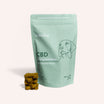


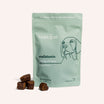
![Probiotics For Dogs [Soft Chews] - HolistaPet](http://www.holistapet.com/cdn/shop/files/Probiotic-Infographic-1_472d7a29-e30c-435a-9638-1365d8c3a9f9.jpg?v=1725384841&width=104)
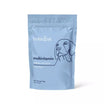
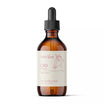

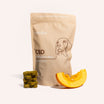
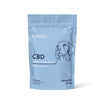


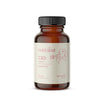
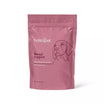
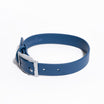
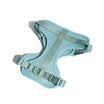
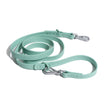
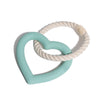
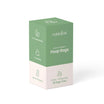
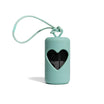

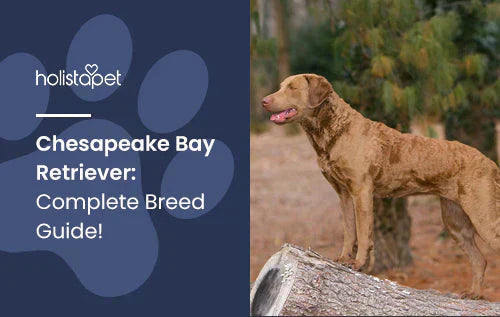

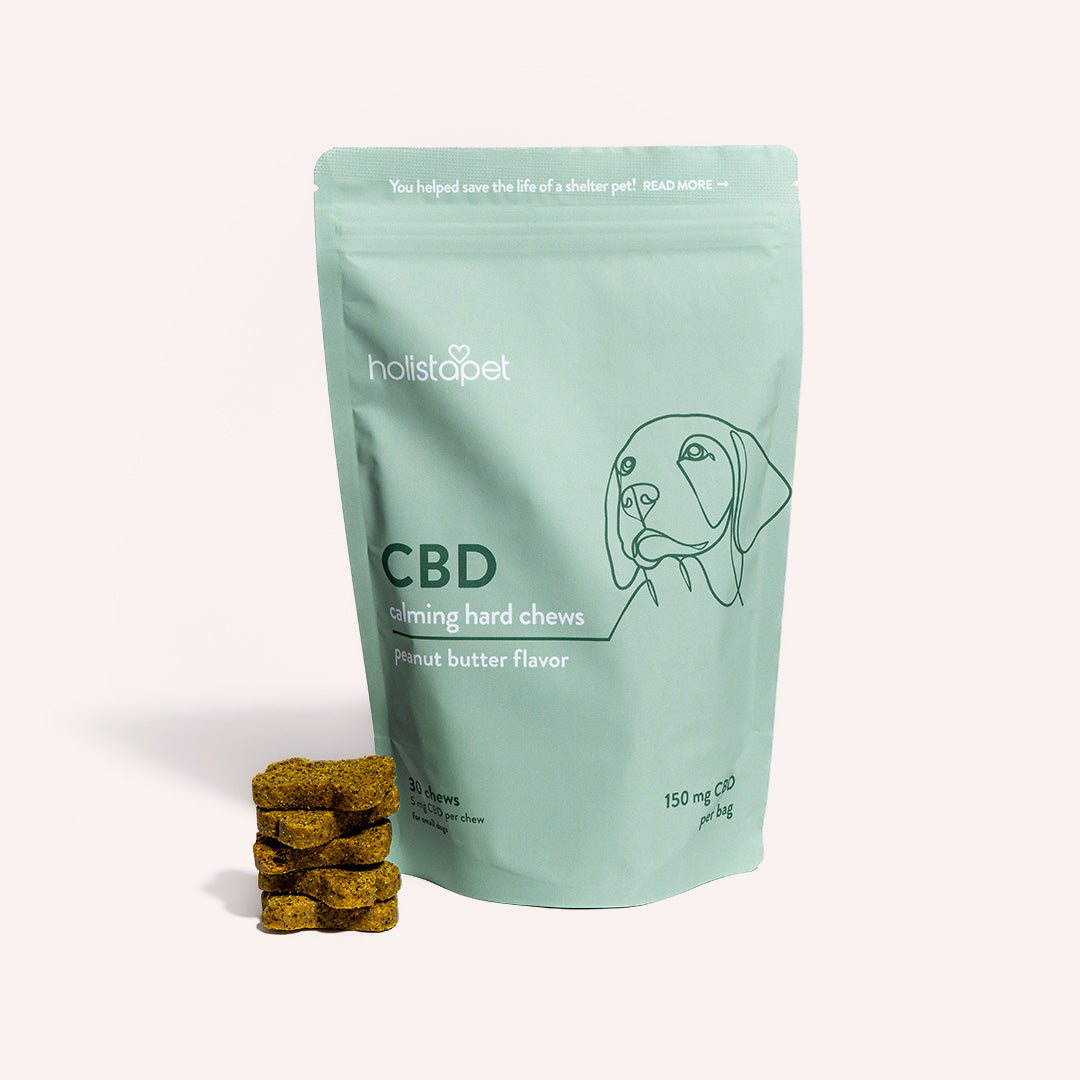

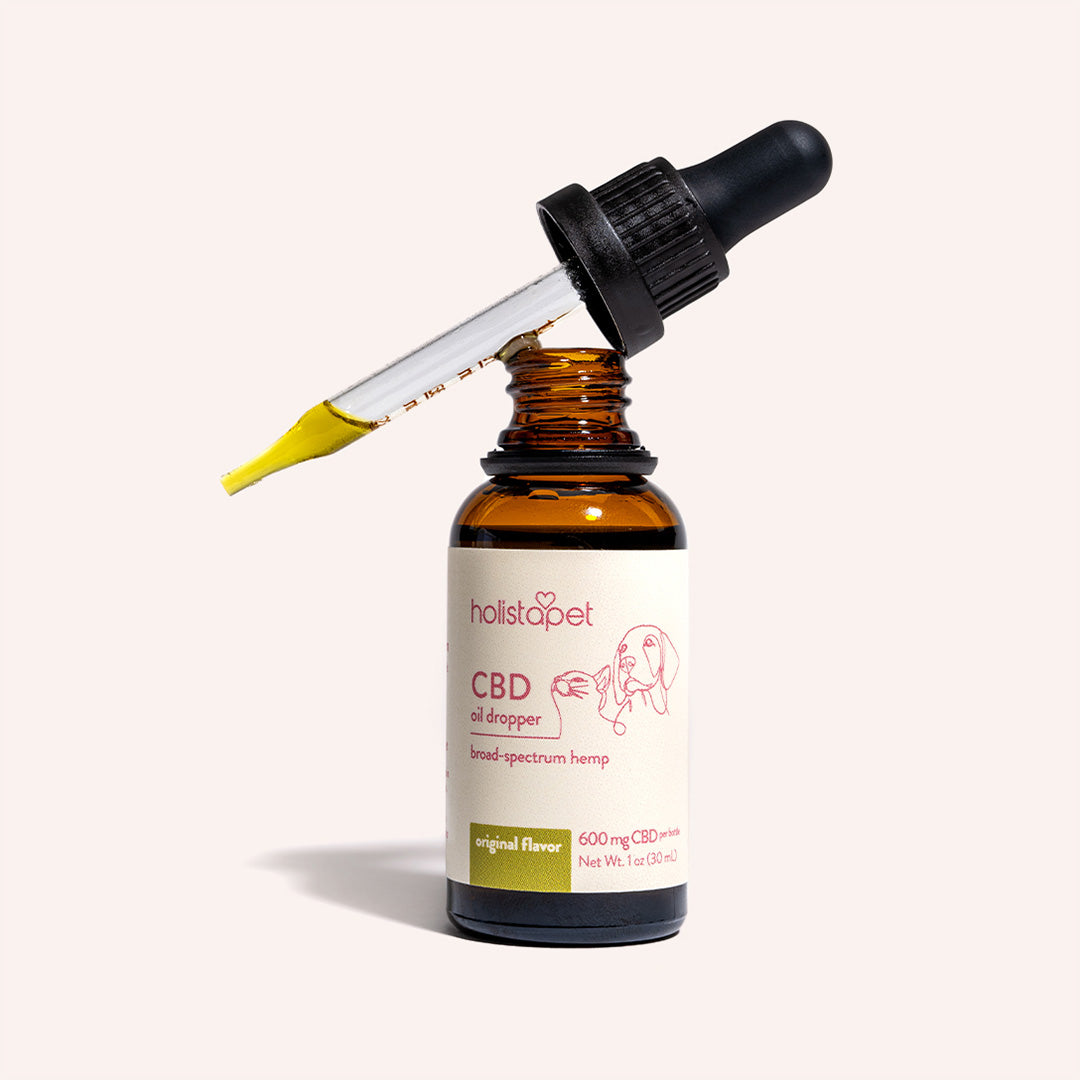
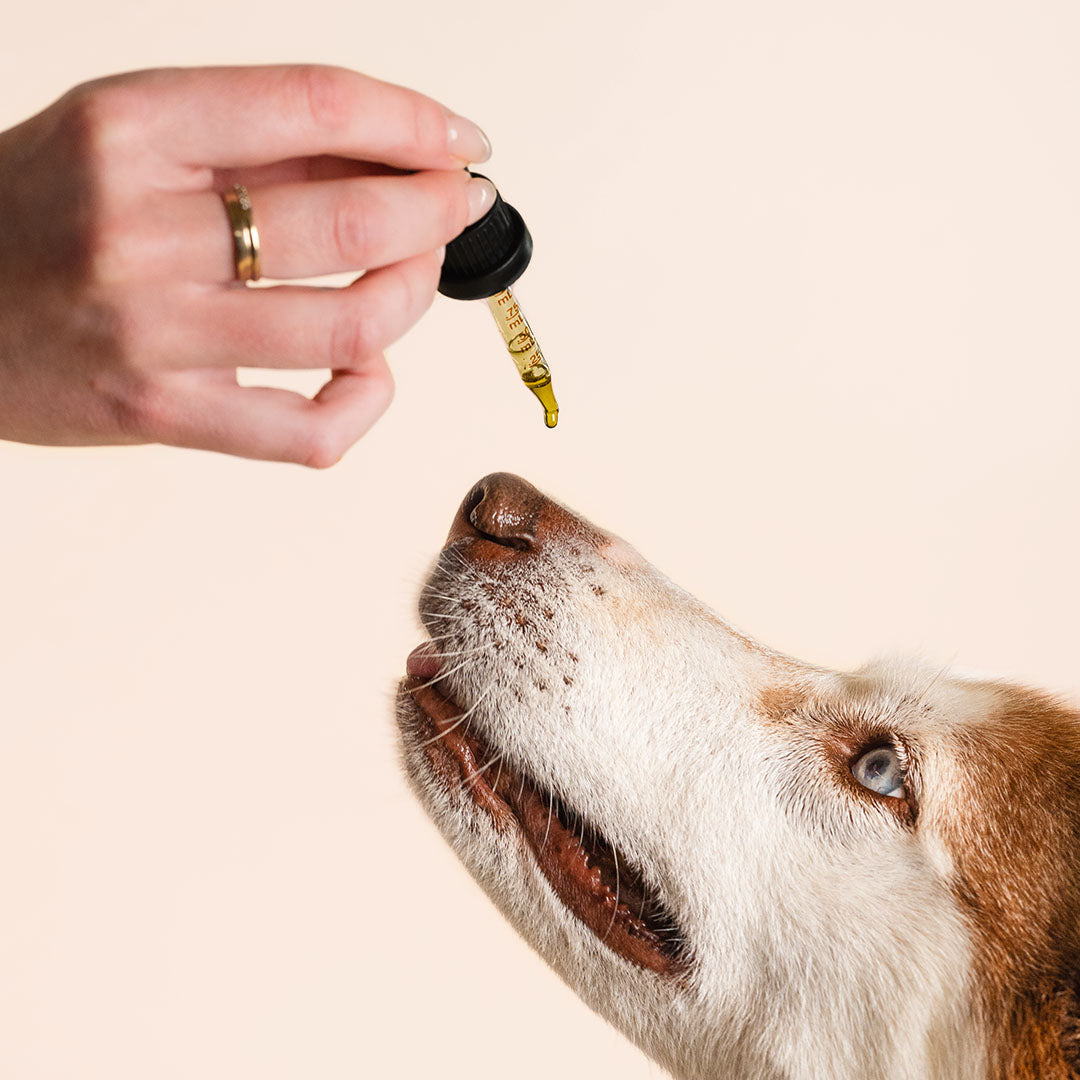

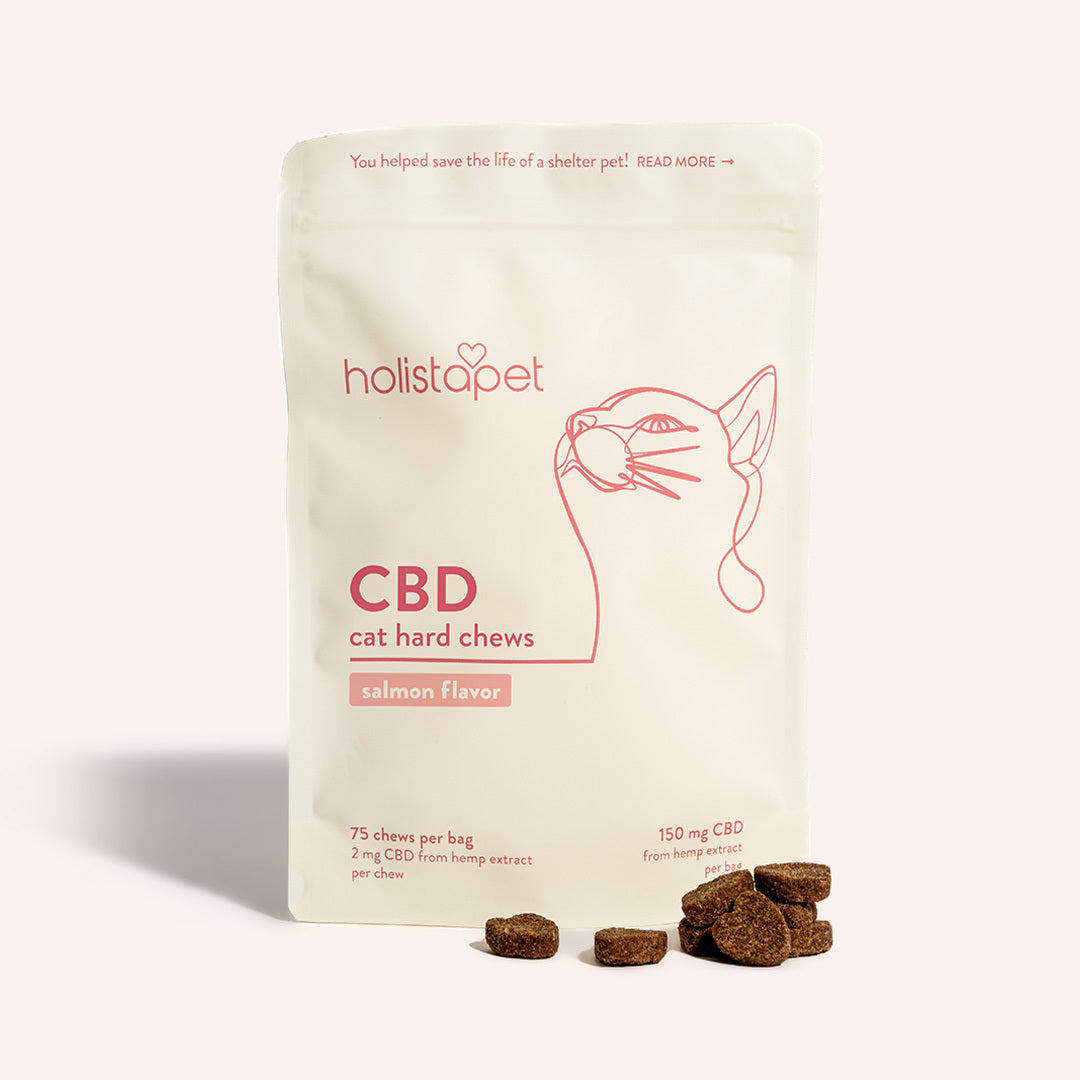
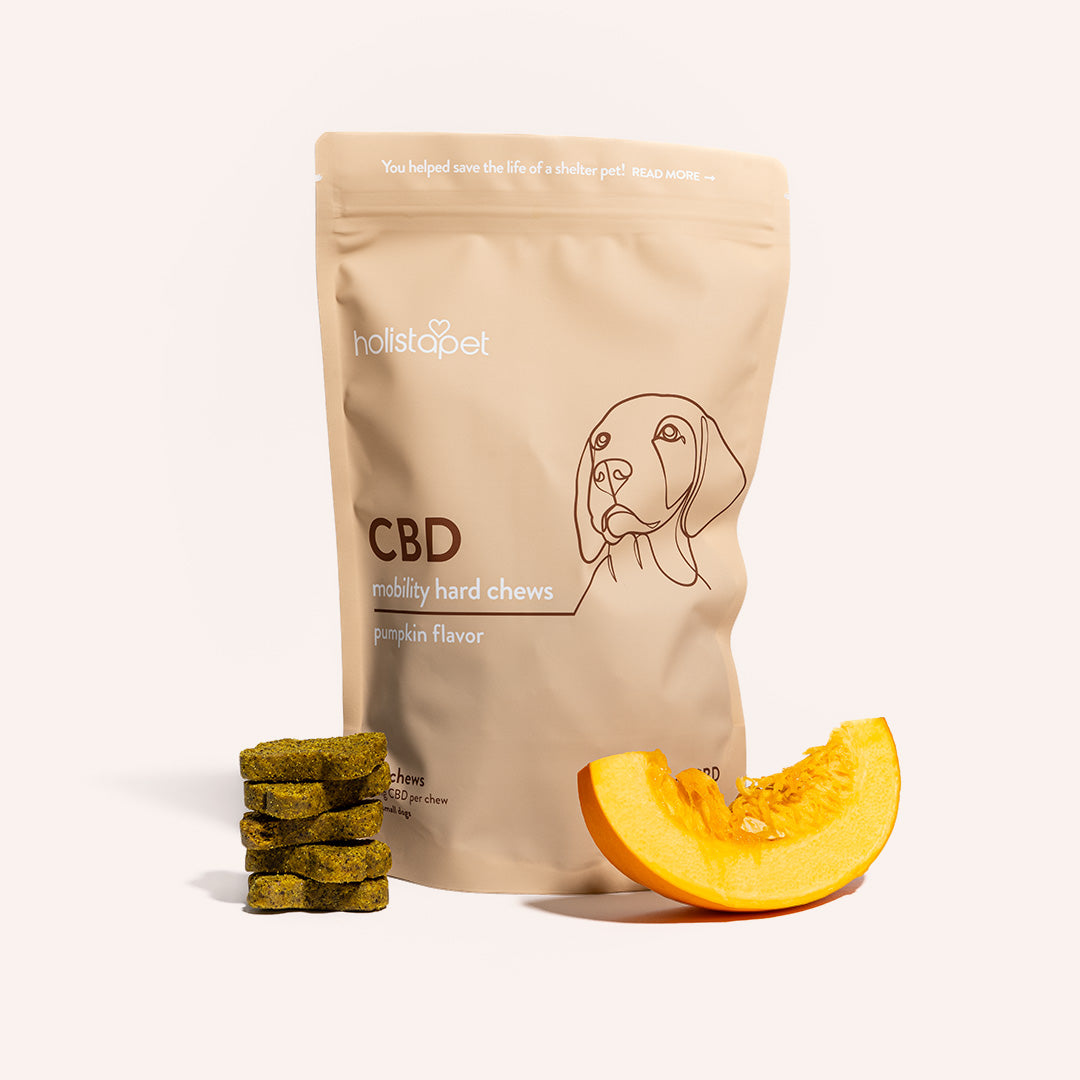


Leave a comment
All comments are moderated before being published.
This site is protected by hCaptcha and the hCaptcha Privacy Policy and Terms of Service apply.